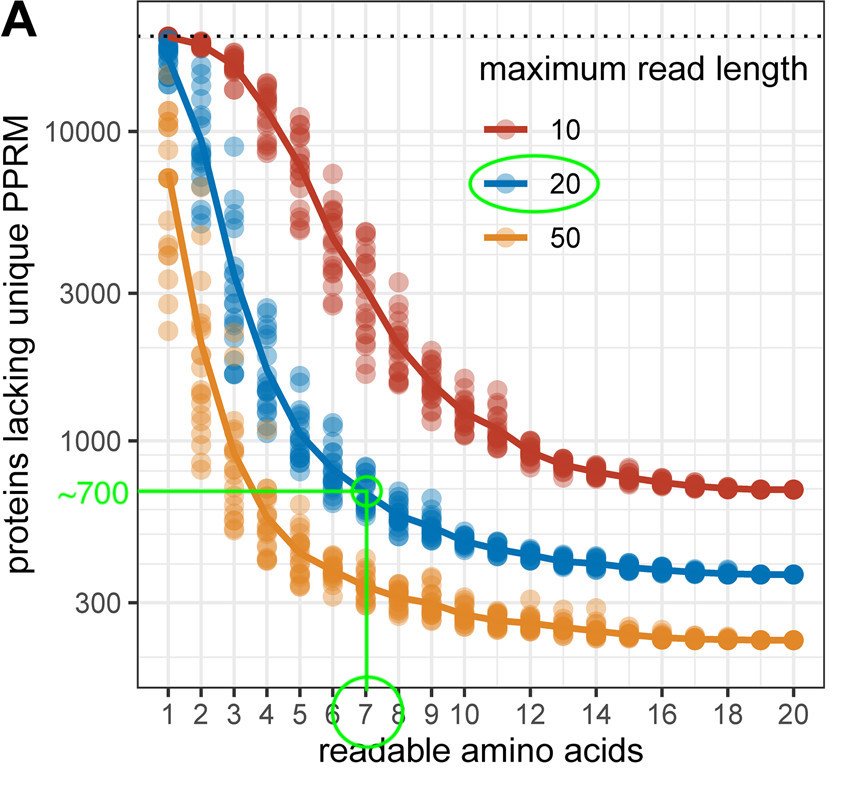On this week's @ARKInvest newsletter, I'm going to talk about how #synthetic #biology (not reading, but writing DNA) is a crucial (but not widely talked about) part of our ability to rapidly develop tests and treatments for #COVID19. Until then, ask questions and I'll post links.
Synthetic biology (#SynBio) = creating DNA molecules artificially
In this case, it means synthesizing #COVID19 fragments to aid in the design, validation, and quality control of diagnostic tests. It also helps us research different viral strains and potential therapeutics.
In this case, it means synthesizing #COVID19 fragments to aid in the design, validation, and quality control of diagnostic tests. It also helps us research different viral strains and potential therapeutics.
First, I want to tackle 'spike-in' controls for validating RT-PCR assays for #COVID19 detection. Detailed write-ups below and then I'll post a summary (or TL;DR)...
mcb.asm.org/content/mcb/36…
cofactorgenomics.com/6-changes-that…
synbiobeta.com/twist-bioscien…
mcb.asm.org/content/mcb/36…
cofactorgenomics.com/6-changes-that…
synbiobeta.com/twist-bioscien…
Spike-In Summary:
Patient samples will be different, sometimes messy, and often contain trace amounts of virus. To make confident readings, testers must isolate and amplify viral #RNA fragments -- this can introduce bias and error, making tests less accurate.
Patient samples will be different, sometimes messy, and often contain trace amounts of virus. To make confident readings, testers must isolate and amplify viral #RNA fragments -- this can introduce bias and error, making tests less accurate.
(Cont.)
A spike-in control is a synthetically built fragment of #COVID19 used to make a 'standard curve', i.e. calibrate the assay so testers can more accurately quantify the amount of virus in someone's system, eliminating some bias in sample prep
A spike-in control is a synthetically built fragment of #COVID19 used to make a 'standard curve', i.e. calibrate the assay so testers can more accurately quantify the amount of virus in someone's system, eliminating some bias in sample prep
(Cont. 2)
This type of normalization is crucial for quality controlling biofluid assays. #SynBio is an integral part of the rapid response to designing and improving #diagnostics.
This type of normalization is crucial for quality controlling biofluid assays. #SynBio is an integral part of the rapid response to designing and improving #diagnostics.
Will come back soon to talk about #COVID19 target enrichment, which enables researchers to efficiently sequence the virus so we can learn more about it.
Please post questions here and I will answer throughout the day.
Please post questions here and I will answer throughout the day.
• • •
Missing some Tweet in this thread? You can try to
force a refresh








